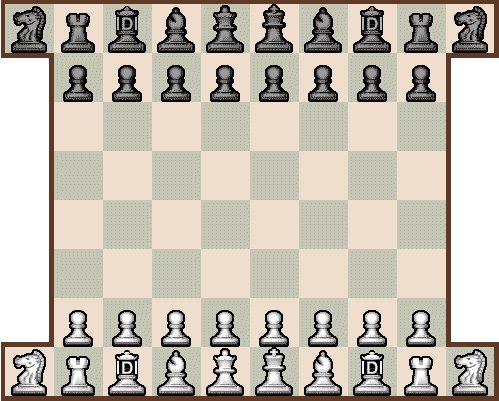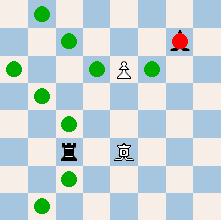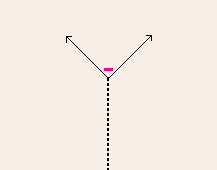

The Dimachaer is a bifurcation piece. It moves by colliding orthogonally against any piece, and then deviating to any of the two adjacent diagonals (in the prolonged movement direction). It captures on the second leg also. Without screens to collide against the Dimachaer cannot move. The Dimachaer's value is the same as a knight (estimated). Other rules are the same as in standard chess, except for the possible promotion to Dimachaer. As it can move only by coordinating with another piece, the Dimachaer is a highly cooperative piece, something which makes it interesting to the positional player. The structure on the board decides its possibilities. The Dimachaer loses less power in the endgame than one would expect. Although screens for colliding become fewer, its scope and mobility also increases. Dimachaer Chess, and the new Dimachaer piece, were invented by undersigned, November 2006.
The Dimachaer ("two blades") was a gladiator type in ancient Rome that used two swords, one in each hand. He had no shield.
 The Dimachaer moves in two legs, the first is a rook slide and the second is a diagonal collision-move. Capture occurs on the second leg (red = capture).
The Dimachaer moves in two legs, the first is a rook slide and the second is a diagonal collision-move. Capture occurs on the second leg (red = capture).
 The Dimachaer's movement principle. The screens, that are used for colliding, occur anywhere on the first leg.
The Dimachaer's movement principle. The screens, that are used for colliding, occur anywhere on the first leg.
• You can download my free Dimachaer Chess program here, but you must own the software Zillions of Games to be able to run it.
• You can play Dimachaer Chess online here.
• Don't miss my other chess variants.
© M. Winther (November 2006).